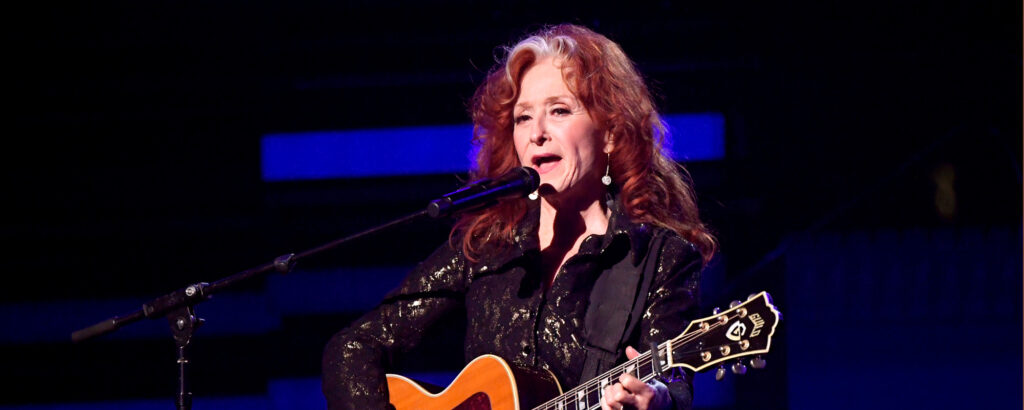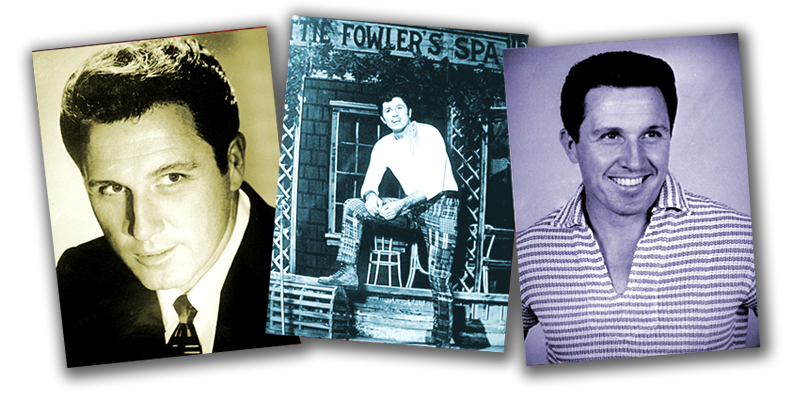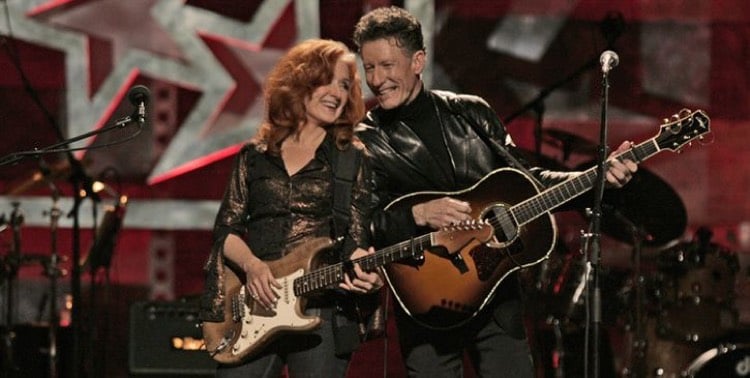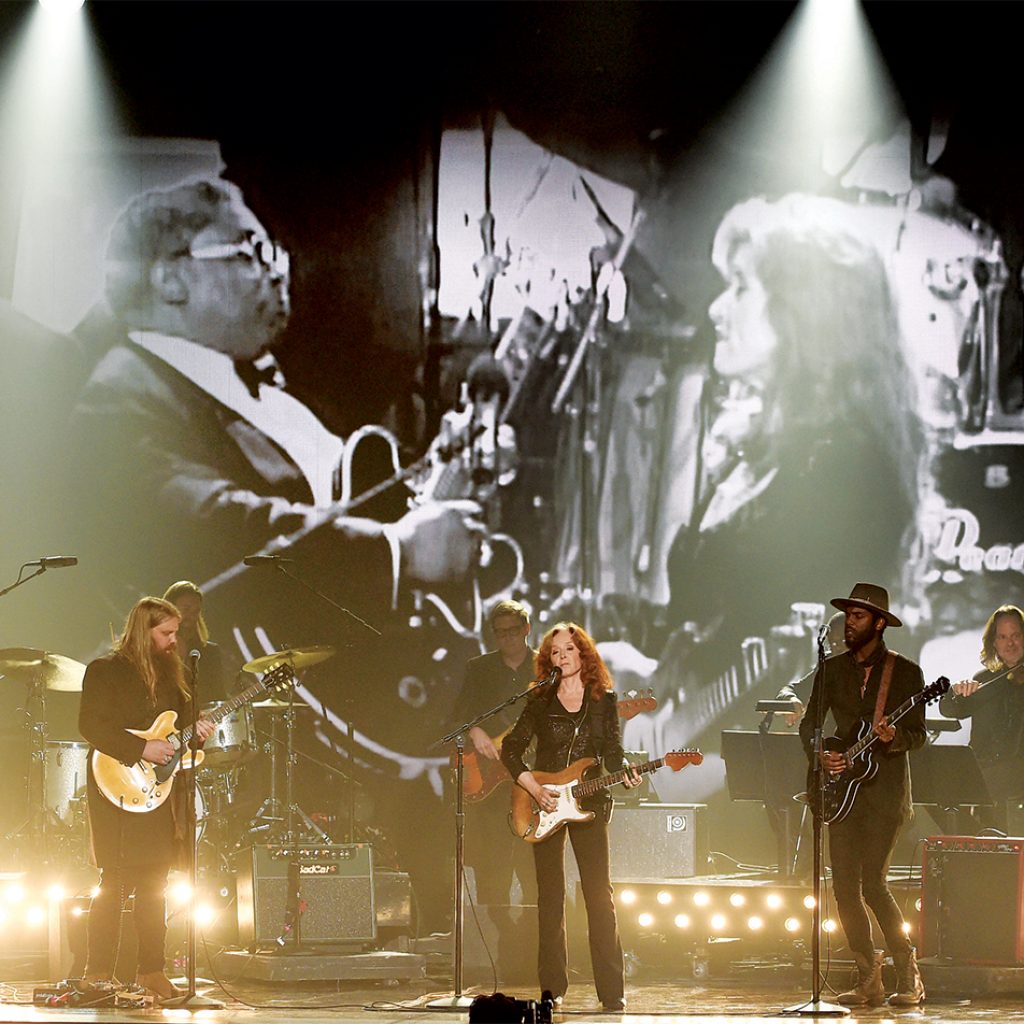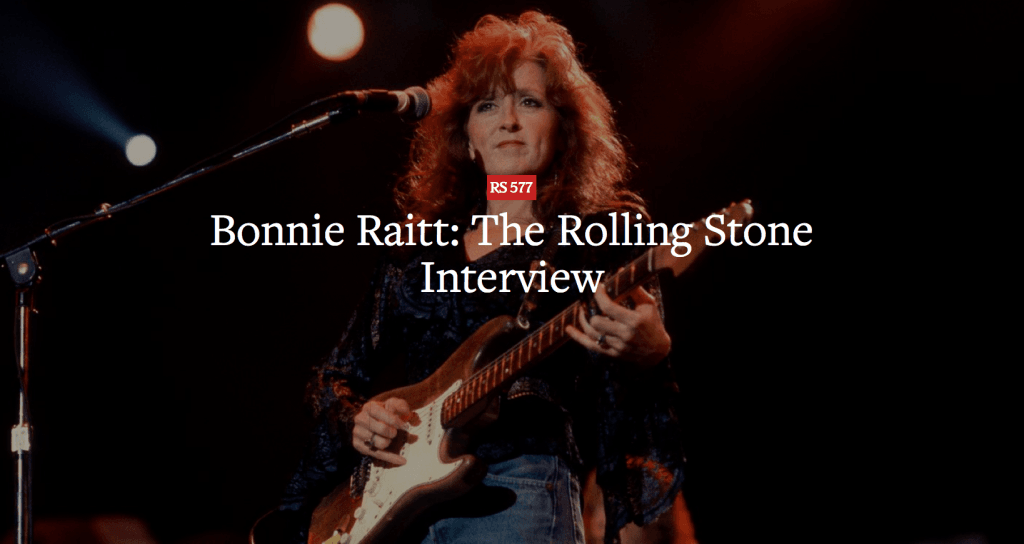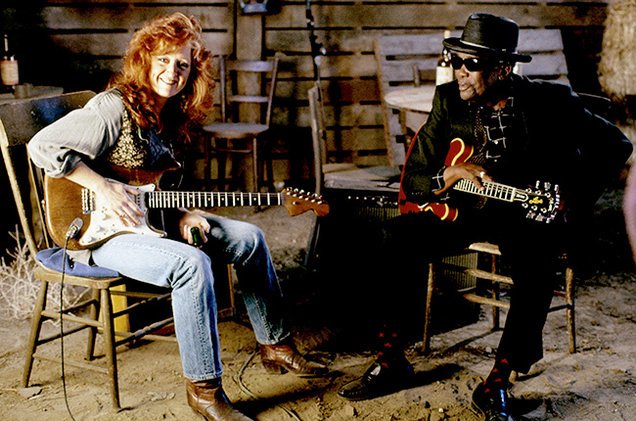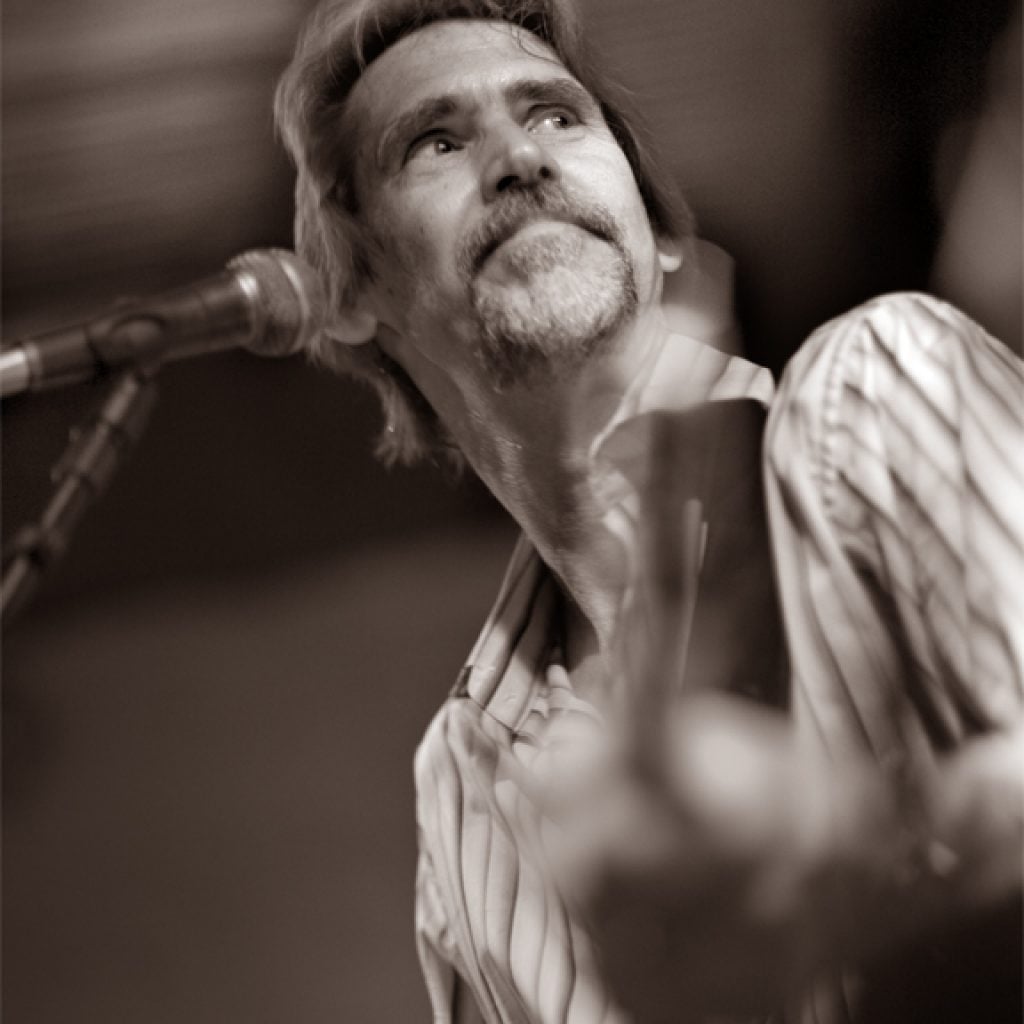
ALBANY — Bluesy legend Bonnie Raitt performed to an eager, busy crowd Tuesday at the Palace Theatre. The theater was packed, and the seats were filled with a wide spectrum of sweaty bodies on this roasty summer evening — everyone from a young girl wearing a rainbow-striped dress to the elderly man wearing an awesome Hawaiian shirt with Godzilla splashed both front and back, however, the latter age group was the most in attendance.
I think the age range of an audience says a lot about the ability of an artist to span generations, and it seems that Bonnie’s music had done just that — it was reaching the ears of grandparents, parents, and grandchildren the same way that, say, John Denver had done for me. It brings music lovers together.
Being a music photographer has its own perks, such as getting to listen to legends perform, but it also has its typical limitations as being the only ones allowed to bring a “big camera” into a concert. That’s typically being allowed to shoot three songs before the gear goes away. Usually, those three songs are directly in front of the stage in the “pit.” Sometimes they’re by the soundboard. That is to be expected.
However, it was disappointing to show up to see this legend being only allowed to shoot one song from as far back as you could get in the venue. I wasn’t the only one being restricted, and I suppose there is some sort of solace in that. Everyone was restricted. Upon walking into the venue was the sign that pretty much stated no cell phones of any kind were permitted. Not just during the show, but before as well. No calls. No texting. No social media “of any kind.” No photos. No videos. Was I in St. Peter’s Basilica about to watch the Pope deliver a benediction?
As a photographer of music, the ability to capture music is something I’m passionate about. And I got my start by pointing my phone at the stage and taking photos. It’s one thing to ban or restrict cell phone usage if you’re about to film a special or unreleased content. And I truly do understand wanting people to just be present in the moment. But this is a concert, and it bothers me that we’re policing how people want to enjoy the music they have paid money to see. Do I want to see my neighbor holding an iPad over their head? No. But if someone wants to video their favorite song to watch back later, why is that so bothersome? Most of the time, when I am recording a video of a concert, I’m recording it for me to remember the feeling of being there. That’s all to say, it felt draconian and curdled the vibe to me. It’s entirely possible I am alone in that belief, and that’s fine. But where this rule bothered me was particularly because of the average age of the audience, a demographic where having a phone on ICE is important.
But I suppose I should hop off my soapbox and write about the music itself, which was actually a great experience. The evening started off with The James Hunter Six, an English R&B band that was only in their fourth show on Raitt’s tour. I enjoyed watching them and listening to them play. Their stage presence, sound, and swagger made the Palace feel like a Music Row honky tonk, or a jazz club in Kansas City (in the best way!) for their lengthy 16-song set. They were a dynamic bunch, with beaming smiles and masterful control of their instruments.
The woman of the hour, Bonnie Raitt, entered the stage a few minutes later than anticipated, but that was only because she wanted a medical emergency to receive the necessary, timely attention it desired, but I am left wondering how this was at all affected by the cell phone ban. That said, the compassion and well wishes she made did not go unnoticed, and in a time where there is such rampant negativity, it was refreshing. When she actually began to play and sing, she had a majestic, painterly landscape illuminated behind her, colors shifting to fit the mood of the song.
Right from the get-go, as the band played, the spotlight shifted to whoever commanded the audience’s attention. This left Bonnie bathed in shadow while her talented and accomplished bandmates were showered in the white light. Bonnie’s ability to share the stage and literal spotlight was a wonderful thing I just don’t see too often — so many artists simply allow their company to get lost in the haze from the fog machine or in the shadows upstage. Not Bonnie. Bonnie let them shine.
Bonnie also made a somewhat surprise dedication of her song “Blame,” in which she informed us that fellow acclaimed singer Joan Osborne was in the audience. This was met by a gasp from a few rather excited audience members and a few “where!?” whispers.
Raitt’s iconic voice was smooth and gravely in all the right places, making for a fantastic vocal performance, one that was as imperfectly perfect as a voice like hers performing live could be. To elevate the show, the acoustics and sound mixing at the Palace did her really well. The vocals and instruments were incredibly balanced (at least to my ears) and the volume wasn’t too loud and ear-splitting.
Naturally, Bonnie closed out her set with her three-song encore of some of her most popular hits, including “I Can’t Make You Love Me,” a song which I will now be humming for the next few days.
Bonnie Raitt’s down-to-earth songwriting and approachable voice with singable songs makes it easy to understand why she is beloved by audiences of all ages. My personal gripes with the restrictions on what the audience (and photographer!) could or couldn’t do aside, I hope Bonnie’s music continues to reach the ears of music-lovers for generations to come. She may not be able to “make us love her,” but with a voice like hers, there’s no way her music doesn’t resonate and make us do just that.














 Visitors Today : 133
Visitors Today : 133 Now Online : 3
Now Online : 3






